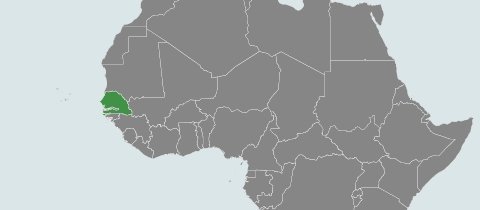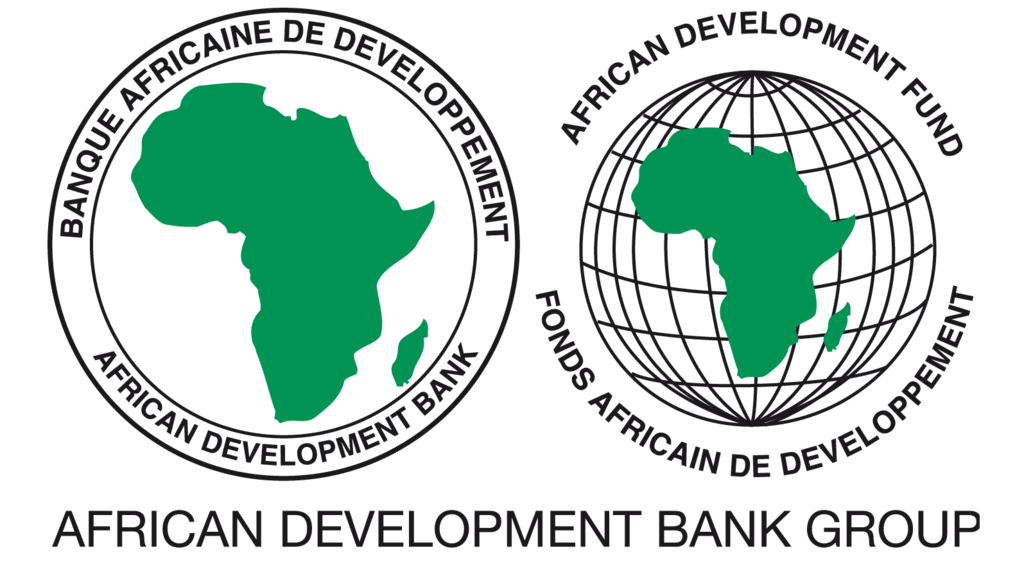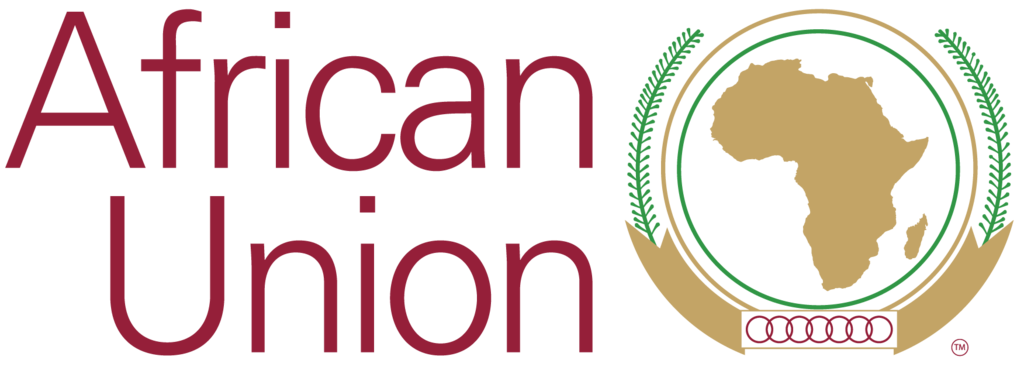At a glance
Senegal electricity access reached 88% of the population in urban areas, while in rural areas is still limited to 38%, although increasing. The national overall electricity access rate is 64%. This rate is one of the highest in the sub region. The Global Tracking Framework estimates the national access to clean cooking solutions at 31%.
Senegal's energy balance shows a high share of biomass (54%) and a significant weight of petroleum products in the primary energy supply. The rate of energy independence (excluding biomass) is small, and regarding energy consumption biomass remains dominant (50% ), followed by petroleum products (30%) and 6% for gas.
The country is an ECOWAS member and, with the rest of the region, adopted a concerted approach to the implementation of the SEforALL Country Action, with the development of the Action Agenda alongside the Renewable Energy and Energy Efficiency Action Plans, and their formal adoption. A Rapid Assessment / Gap Analysis of the energy sector was produced in June 2012. In terms of energy access target, Government has set the objective of 100% electricity coverage and connection of at least 90% of rural households by 2025.
Regarding renewable energy and energy efficiency, the objective is to reach 20% of the installed capacity in renewables (solar, wind, biomass) by 2017 and to save about 40% of electricity demand by 2020.
The implementation of the initiative SEforALL will be based primarily on the actions taken in favour of rural and suburban areas. Not only these actions will contribute to universal access, but in addition, they provide opportunities for alternative energy solutions, decentralszed and diversified solutions based on renewable sources and energy saving equipment.
The SEforALL implementation is followed by a focal point in the Ministry of Energy and Mines.
Location

Country contacts
Senegal SEforALL focal point
Ibrahima Niane
Direction des Energies
Ministère de l'Energie et des Mines
| SEforALL Action Agenda Objectives | 2030 |
|---|---|
| Electricity Access, national | n.a. |
| Access to non-solid fuels, national | 64% |
| Renewable Energy Capacity | 31% |
| Renewable Energy Output | n.a. |
| Energy Efficiency | n.a. |
| Country Action Documents | Status |
|---|---|
| Rapid Assessment | Finalized |
| Action Agenda | Finalized |
| Investment Prospectus | Under development |
Documents
Country statistics
| Series | 2010 | 2012 | 2014 | 2016 |
|---|---|---|---|---|
| Access to electricity (% of population) | 53.5% | 56.9% | 61% | 64.5% |
| Urban (% of urban population) | 81.3% | 84.5% | 85% | 87.7% |
| Rural (% of rural population) | 34.3% | 36.7% | 32.7% | 38.3% |
| Access to clean fuels and technologies for cooking (% of population) | 31.9% | 31.7% | 31.7% | 31.7% |
| Population, total | 13.0 Million | 13.8 Million | 14.7 Million | 15.4 Million |
| Renewable energy consumption (% of total final energy consumption) | 50.3% | 50.4% | 43.3% | - |
| Renewable electricity output (% of total electricity output) | 10.7% | 9.8% | 10.4% | - |
| Electric power consumption (kWh per capita) | 198.5 | 209.6 | 221.6 | - |





